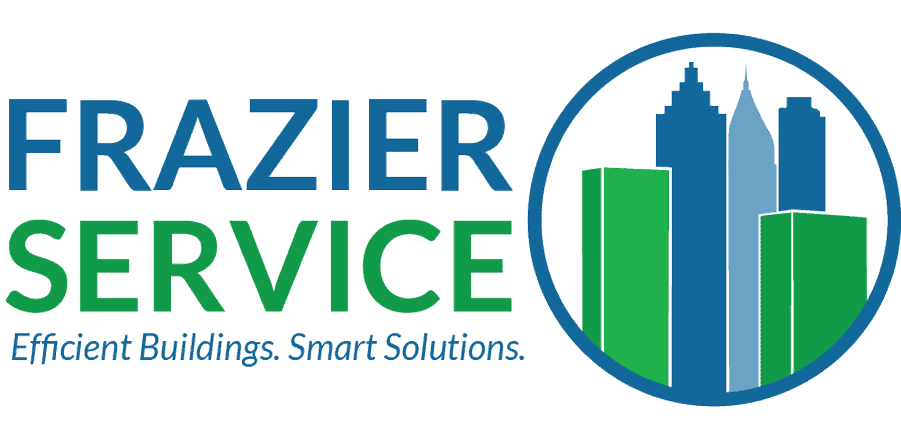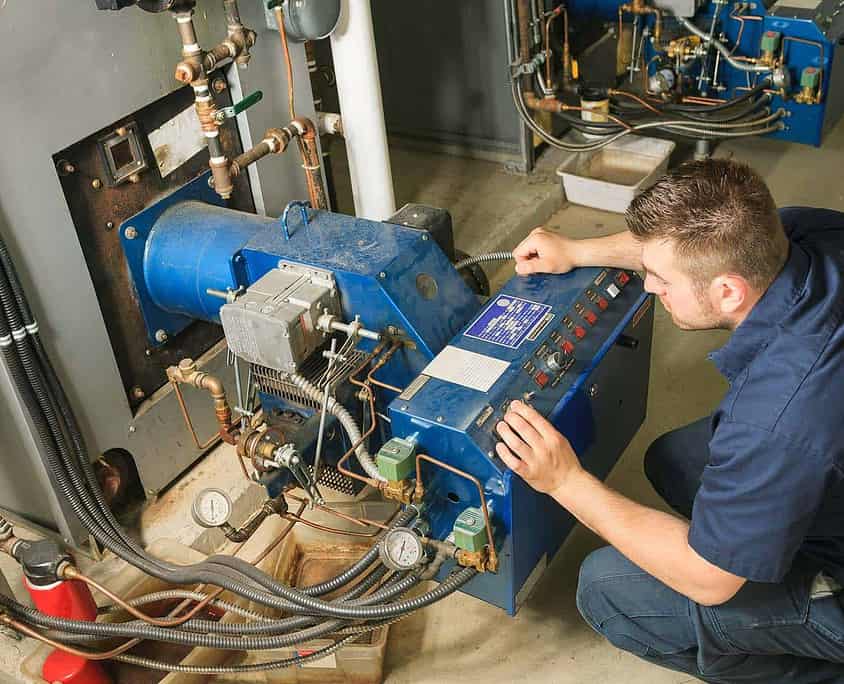
Surviving the HVAC Equipment Shortage in 2022
The HVAC equipment shortage in 2022 has created a ripple effect throughout the industry. Like most industries around the world, the HVAC industry in the United States is struggling with the downstream effects of the COVID-19 pandemic. Thanks to supply chain disruptions and a multitude of other economic factors, it’s harder than ever to get the HVAC equipment and parts you need. Thankfully, with the right strategies and partnerships, you can navigate these supplier shortages to get the heating and cooling you and your customers need without interruption.
Understanding the HVAC Equipment Shortage in 2022
The HVAC equipment shortage of 2022 has made it significantly harder for customers to get the equipment and parts they need to control interior temperatures. There are many effects that have combined to create this massive challenge, including:
Supply Chain Issues
Thanks to a combination of economic damage from lockdowns, labor shortages, inflation, and other effects, HVAC supply chain issues are a total mess. Bottlenecks have led to shipping delays, logistical issues have complicated coordination, and delivery schedules are almost unpredictable. It’s hard for people to get what they need when they need it across the board.
Worker Shortages
Complicating matters further is an overall labor shortage. There are fewer people available to sort out shipping and logistical delays, and fewer HVAC technicians are available to install new equipment.
Material Shortages
There are also significant material shortages. Building new HVAC parts requires many different raw ingredients, including copper, semiconductors, and other rare materials. With enormous competition and limited supplies, the HVAC industry simply doesn’t have access to all of the materials it needs to ensure a steady supply for customers.
Complicated Demand Effects
We also need to consider the complicated demand effects that are at play. When people first started hearing about HVAC equipment shortages, they became motivated to make purchases proactively and earlier than usual. This resulted in a spike in demand, which made supply issues worse, creating an ongoing feedback loop.
Downstream Effects of the 2022 HVAC Equipment Shortage
As a result of the 2022 HVAC equipment shortage, we are seeing:
Higher Costs
The costs for materials, labor, and other variables related to manufacturing and distributing HVAC equipment have all increased, and those costs have been passed along to customers. We don’t like seeing higher prices for our customers, but with limited supplies and tough economic conditions, this effect is unavoidable.
Lower Stock Availability
If you shop around for a new piece of HVAC equipment, your first choice may not be available. Stock is lower for almost everything, especially our most popular equipment.
Longer Wait Times
Whatever you order, you can expect longer wait times than usual. Whether you’re waiting on a part to repair your furnace or completely new systems, you could be forced to wait several months or longer to get what you need.
The Average Lifespan of an HVAC System
What is the average lifespan of an HVAC system, and when should you think about replacing it given this shortage?
Depending on many variables, the average HVAC system can last 15 to 25 years. In a commercial environment with heavy use, that could be significantly lower.
Keep the following in mind when trying to calculate the lifespan of your equipment:
- The type of system and fit: Different HVAC setups wear out at different rates.
- Initial installation: Quality installation jobs offer a much higher life expectancy.
- Routine maintenance: How often do you practice routine maintenance? If you service your system at least annually, it’ll run better for longer.
- Total usage: High-usage environments result in premature wear.
- Responsible usage: Inefficient practices, like leaving the windows open while heating, can cause premature wear as well.
- Environmental conditions: HVAC systems have lower lifespans in tougher environments.
The HVAC Equipment Shortage: What You Can Do Now
This HVAC equipment shortage isn’t going anywhere. It’s hard to predict the economy’s future, but experts foresee supply chain issues and similar problems perpetuating for years. There’s not much you can do to end the equipment shortage, but there are some secondary measures you can take to ease symptoms related to it:
Buy Early
If you know you’re going to need a new HVAC system in the near future, order it now. If you’re very lucky, what you need may be in stock, but it’s more likely you’ll have to wait several months. If you only place the order when you absolutely need it, you could be without a functioning HVAC system for much longer than necessary.
Repair Rather Than Replacing
We recommend repair rather than replacement for all individuals and businesses that can accommodate it. If your HVAC system is down, even if it’s very old, it’s probably worth attempting a repair rather than dealing with inflated costs and long wait times for new equipment.
Practice Preventative Maintenance
You can make your HVAC system last much longer with preventative maintenance. Simple tasks like changing filters and cleaning out ducts can make your entire system operate more efficiently and cleanly, maximizing its lifespan.
Prepare for Long Wait Times
If you do need to order a part or new equipment, don’t be surprised when you face long wait times.
Communicate With Your Suppliers
Build a relationship with your suppliers and communicate with them proactively. Most suppliers want to help you succeed and can help you understand the supply chain so you can make better decisions for your business.
Stay Ahead of Equipment Shortages With Frazier Service Co.
Need to get ahead of the 2022 HVAC equipment shortage? Or are you searching for someone who can repair and maintain your system? We can help. Contact us for an estimate today!







